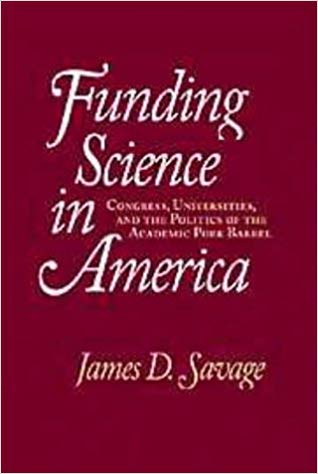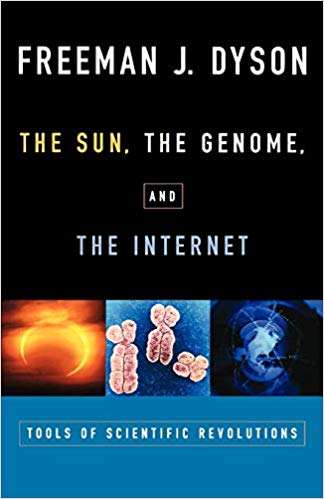Rethinking What Research Government Should Fund
Every issue explores cutting-edge developments in technology, medicine, education, climate change, and much more. Articles provide in-depth analyses of science and technology’s impact on public policy, the economy, and society—bringing today’s best minds to bear on tomorrow’s most critical topics.
Editor's Journal
Remembering George E. Brown, Jr.
Issues is honored that the article on the Small Business Innovation Research program that George Brown coauthored with James Turner for the Summer 1999 Issues was the last article that Rep. Brown… Read More
From the Hill
From the Hill – Fall 1999
Congress split on FY 2000 funding for R&D As the September 30 deadline loomed for approval of all FY 2000 appropriations bills, Congress was deeply split on R&D funding, with the House… Read More
Perspectives
Global Growth through Third World Technological Progress
During the past four decades, the study of technological innovation has moved to center stage from its previous sideshow status in the economics profession. Most economists recognize that sustained increases in material… Read More
Features
Creating Havens for Marine Life
The United States is the world’s best-endowed maritime nation, its seas unparalleled in richness and biological diversity. The waters along its 150,000 kilometers of shoreline encompass virtually every type of marine habitat… Read MoreReshaping National Forest Policy
During his two and a half years as chief of the U.S. Forest Service, Mike Dombeck has received considerable attention and praise from some unlikely sources. On June 15 this year, for… Read MoreThe False Dichotomy: Scientific Creativity and Utility
The call by Gerald Holton and Gerhard Sonnert in the preceding article for government support for Jeffersonian research that is basic in nature but clearly linked to specific goals raises several practical… Read MoreTechnology Needs of Aging Boomers
It happens every seven seconds: Another baby boomer turns 50 years old. As they have done in other facets of American life, the 75 million people born between 1946 and 1964 are… Read MoreCommercial Satellite Imagery Comes of Age
Since satellites started photographing Earth from space nearly four decades ago, their images have inspired excitement, introspection, and, often, fear. Like all information, satellite imagery is in itself neutral. But satellite imagery… Read MoreA Vision of Jeffersonian Science
The public attitude toward science is still largely positive in the United States; but for a vocal minority, the fear of risks and even catastrophes that might result from scientific progress has… Read MoreInnovation Policy for Complex Technologies
The complexity of the technologies that drive economic performance today is making obsolete the mythic image of the brilliant lone inventor as well as undermining the effectiveness of traditional U.S. technology policy.… Read MoreFall 1999 Update
Fusion program still off track Since publication of our article, “Fusion Research with a Future” (Issues, Summer 1997), the Department of Energy (DOE) Office of Fusion Energy Science (OFES) program has… Read More
Book Reviews

Pork Barrel Science
In 1972, three architects—Robert Venturi, Denise Scott Brown, and Steven Izenour—published a book entitled Learning from Las Vegas. Its premise was simple if controversial: That however garish, ugly, and bizarre an… Read More
Imagining the Future
Speculating about humanity’s future has become a fairly dreary business of late. Although there are many attempts to sketch landscapes for the coming millennium, the pictures generated are typically stiff and lifeless.… Read More
Archives – Fall 1999
Photo: National Science Foundation Drilling a Hole in the Ocean Project Mohole represented, as one historian described it, the earth sciences’ answer to the space program. The project involved a highly ambitious… Read More
